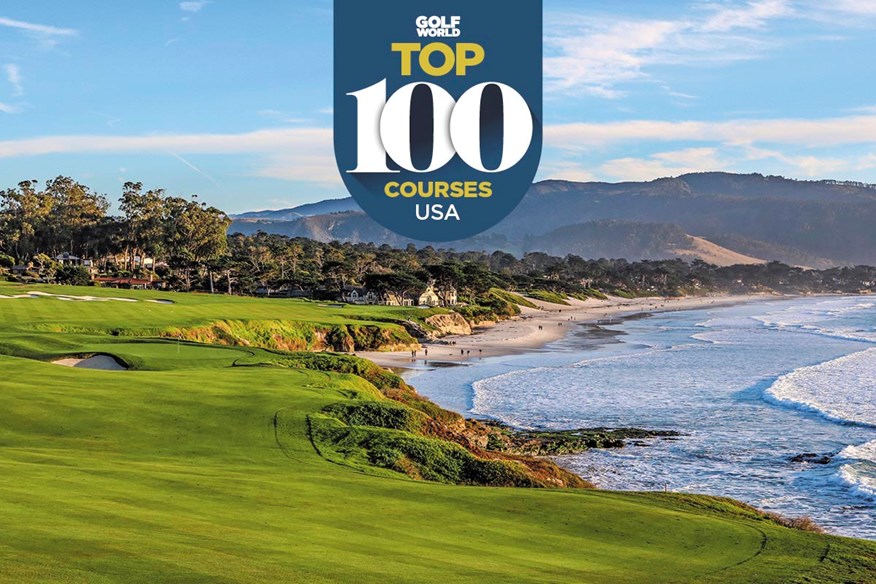Golf World Top 100: Best Golf Courses in the USA – 10-1
Last updated:
What are the best golf courses in the USA? The Golf World Top 100 panel ranks and rates the best courses in America where you can actually play in our inaugural list.
JUMP TO: 100-76 | 75-51 | 50-26 | 25-11 | 10-1
We’ve reached the Top 10 of our inaugural Top 100 Courses in the United States – with every entry playable by everyone.
Our specialist US panel took control, led by Englishman-in-America Tony Dear and supported by various other well-travelled golfers including Jim Hartsell, Jimmie James, Kirk Baert and Malcolm Baker.
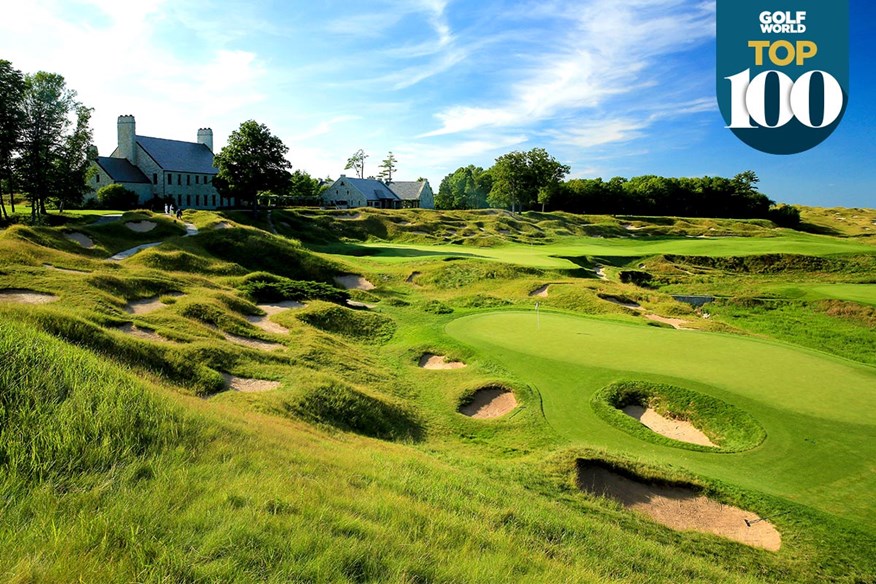
They assessed the best of America in the usual categories of Design, Setting, Playability, Memorability, Consistency and Presentation.
Please do feed back where you feel we’re right and, more likely, where you think we’ve gone wrong. We’d love to hear from you via email, on Twitter, Facebook or Instagram.
And, once you’ve enjoyed this ranking, please do take a look at some of our others – from the best courses in England, Scotland, Ireland and Wales, to GB&I’s best links, the most fun courses to play and the finest courses and resorts Portugal has to offer, we’ve got it covered.
Chris Bertram, Golf World Top 100 Editor
NEVER MISS A TOP 100: Subscribe to Today’s Golfer here | Get Top 100 news direct to your inbox
Can I join the Golf World Top 100 panel?
Yes! If you have knowledge of lots of resorts and courses, we’d love to hear from you. Whether you’re male, female, young, old, low handicap, high handicap, if you’re well-travelled then get in touch with us, here.
RELATED: Best golf courses in continental Europe
Golf World Top 100 Courses in the USA: 10-1
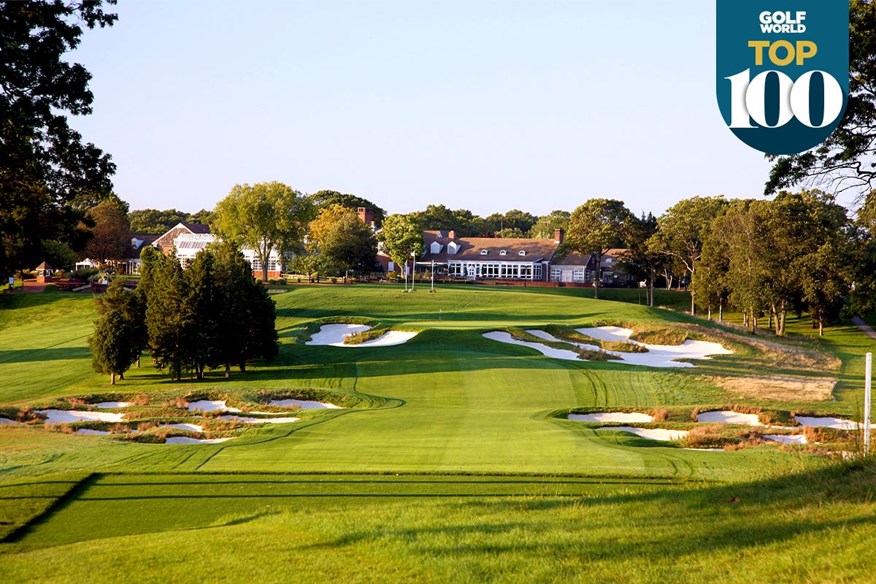
10. Bethpage State Park (Black)
Farmingdale, New York
Rees Jones may have renovated them a couple of times, but on the Black you are essentially playing the holes A.W. Tillinghast laid out (or was it the park’s superintendent Joseph Burbank?) in 1935. And they ain’t easy. This is muscular golf requiring muscular shots. As the sign says, the Black is an ‘extremely difficult course’.
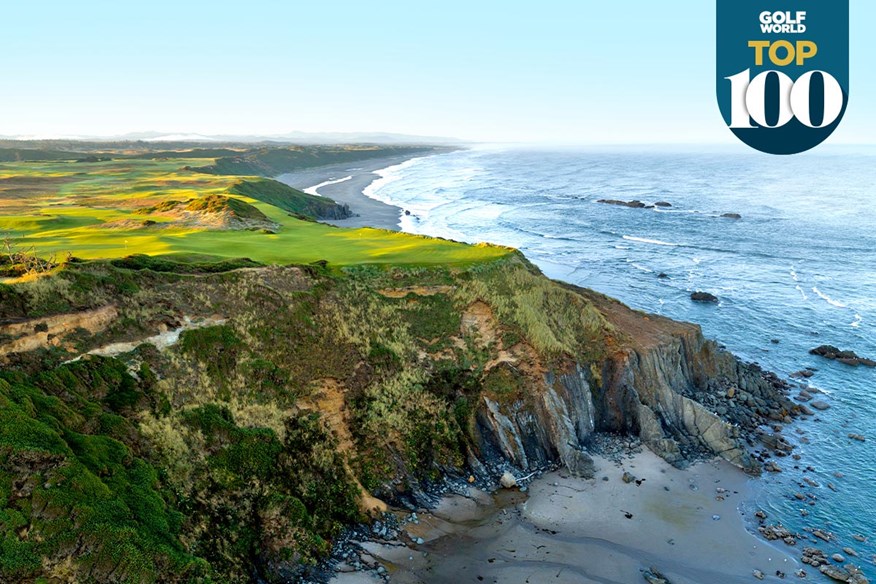
9. Bandon Dunes (Sheep Ranch)
Bandon, Oregon
The newest 18-hole course at Bandon Dunes opened in June 2020, 18 years after Tom Doak and Jim Urbina had first laid out the Bally Bandon Sheep Ranch with 13 greens that golfers who knew how to gain access to the property could work into a round any way they wished.
When Mike Keiser chose Coore and Crenshaw to create an 18-hole course, Coore’s routing skills would be taxed to the limit as he had only 140 acres to work with and Keiser wanted to use the coastline as much as possible. That they designed a course which feels much bigger than it is, that visits the ocean about 10 times and is every bit as popular as its resort neighbours, is a testament to C&C’s skill.
RELATED: The story of Bandon Dunes
8. Bandon Dunes (Bandon Trails)
Bandon, Oregon
Bill Coore and Ben Crenshaw’s first course at Bandon Dunes takes golfers away from the coast and up into the pine forest south-east of the resort hub. That automatically loses it a few marks with purists, but the quality of its routing and overall design actually make Trails many people’s favourite course at Bandon.
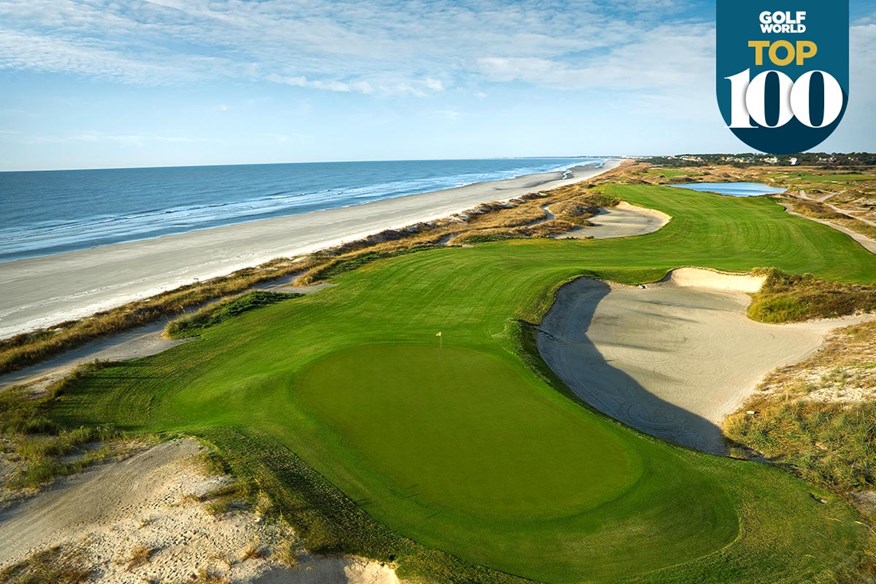
7. Kiawah Island (Ocean)
Kiawah Island, South Carolina
The same ingenuity, creativity and artistry Pete Dye (and wife Alice) had called upon at TPC Sawgrass (No. 14), and which would show up years later at Whistling Straits, were likewise much in evidence at Kiawah Island where the Dyes raised the ground several feet so golfers would be able to see the ocean at virtually every turn. Adventure, intrigue and excitement packed into every hole.
RELATED: Kiawah’s key holes
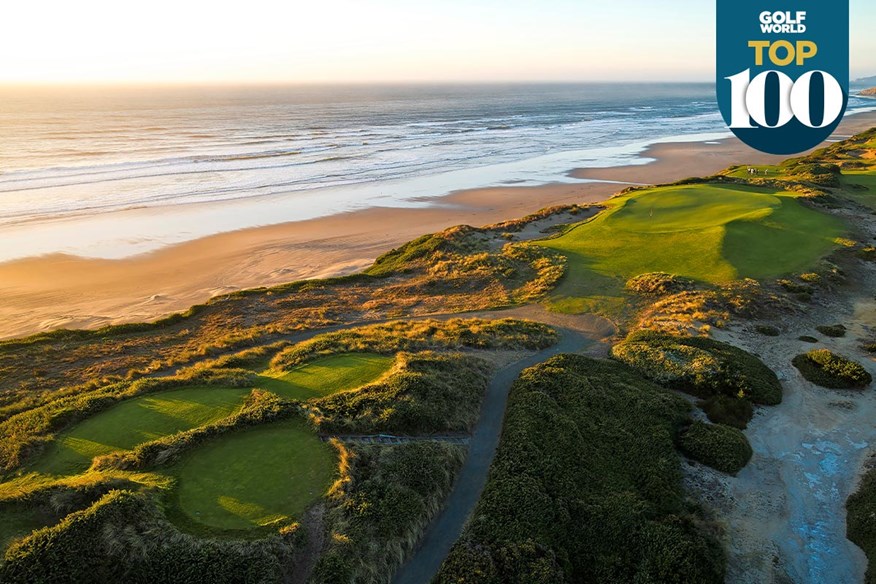
6. Bandon Dunes (Bandon Dunes)
Bandon, Oregon
Unlike Tom Doak, who had been creating courses for a decade or more before working on the Oregon coast, a 27-year-old David McLay-Kidd was a virtual newcomer to the design business (one course to his name… in Nepal!) when he and his father began clearing dense gorse on the cliffs above the Pacific Ocean in 1994. Five years later, Kidd’s outstanding links course opened to universal acclaim and rightly won just about every design award going.
5. Pasatiempo
Santa Cruz, California
The course Alister MacKenzie chose to live on (beside the 6th hole) during his final years, and which could well be the least altered of all his designs. It opened in 1929 and was lovingly restored by Tom Doak and Jim Urbina between 2006 and 2007.
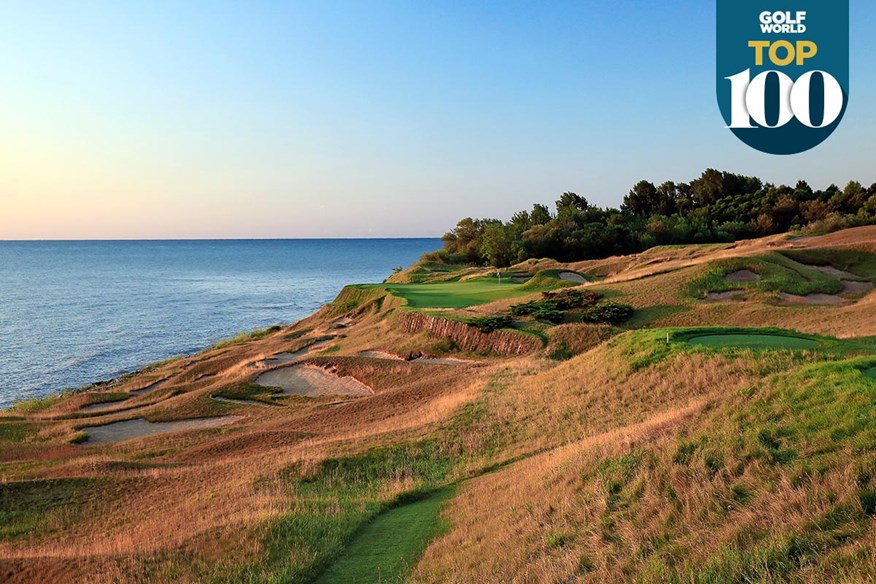
4. Whistling Straits
Sheboygan, Wisconsin
Thanks to Pete Dye’s extraordinary vision, 560 acres of nondescript arable land on the western shore of Lake Michigan became a mesmerising journey up, over, down and through a landscape of entirely artificial, but fairly convincing, dunes that opened in 1998.
RELATED: Whistling Straits hole-by-hole guide
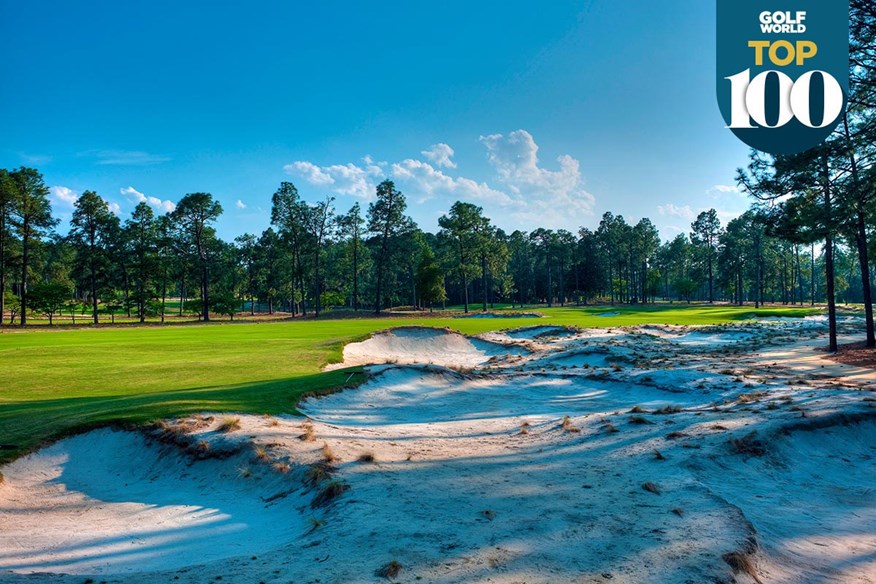
3. Pinehurst (No. 2)
Pinehurst, North Carolina
Donald Ross frequently tinkered with his original 1907 layout until his death in 1948. In the 1970s its tenor was impacted by narrow fairways bordered by heavy rough, but Bill Coore and Ben Crenshaw were, thankfully, hired to restore the course’s width and sandy character in 2010, reopening to a fanfare in 2011.
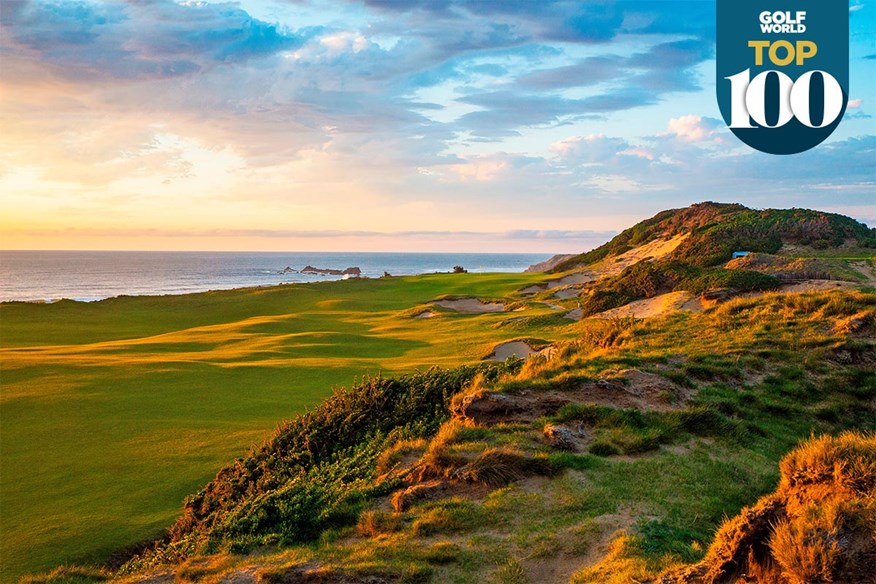
2. Bandon Dunes (Pacific Dunes)
Bandon, Oregon
Tom Doak and his team at Renaissance Golf had already designed or renovated a dozen courses before Mike Keiser hired them for the second course on the sandhills at Bandon Dunes Golf Resort. The result was exceptional and put Doak among a shortlist of truly elite designers.
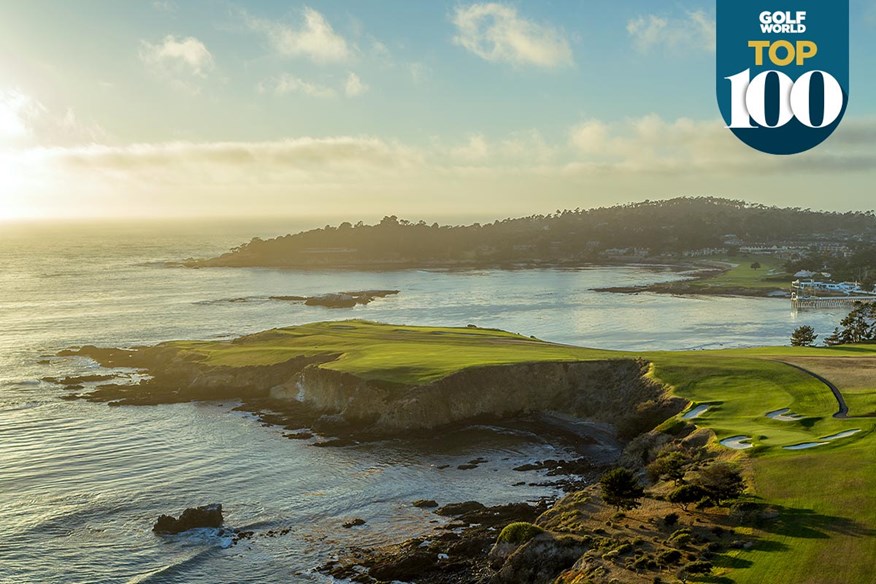
1. Pebble Beach
Pebble Beach, California
Despite the somewhat hefty green fee (you’re looking at around the $600 mark), Douglas Grant and Jack Neville’s iconic design on California’s Monterey Peninsula remains one of the most sought-after tee-times in America.
Now a couple of years into its second century, Pebble Beach is a round you will never, ever forget.
READ NEXT: What is the best golf resort in the world?
-
 Where does Pebble Beach rank among the Top 100 Playable Courses in the USA?
Where does Pebble Beach rank among the Top 100 Playable Courses in the USA?
-
 Bandon Dunes' Pacific Dunes course is one of the best courses in the USA.
Bandon Dunes' Pacific Dunes course is one of the best courses in the USA.
-
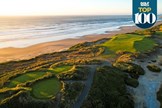 Bandon Dunes' Bandon Dunes course is one of the best in America.
Bandon Dunes' Bandon Dunes course is one of the best in America.
-
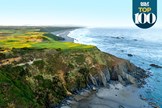 Bandon Dunes' Sheep Ranch is one of the best golf courses in the USA.
Bandon Dunes' Sheep Ranch is one of the best golf courses in the USA.
-
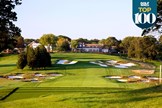 Bethpage Black is one of the best courses in the USA.
Bethpage Black is one of the best courses in the USA.
-
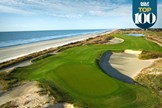 Kiawah Island's Ocean course is one of the best golf courses in the USA.
Kiawah Island's Ocean course is one of the best golf courses in the USA.
-
 Pebble Beach is the best course Adri Arnaus has played.
Pebble Beach is the best course Adri Arnaus has played.
-
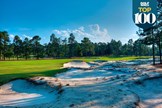 Pinehurst No.2 is one of the best courses in the USA.
Pinehurst No.2 is one of the best courses in the USA.
-
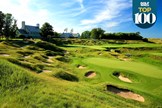 Whistling Straits is one of the best courses in the USA.
Whistling Straits is one of the best courses in the USA.
-
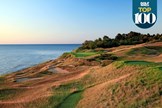 Whistling Straits is one of the best courses in the USA.
Whistling Straits is one of the best courses in the USA.
